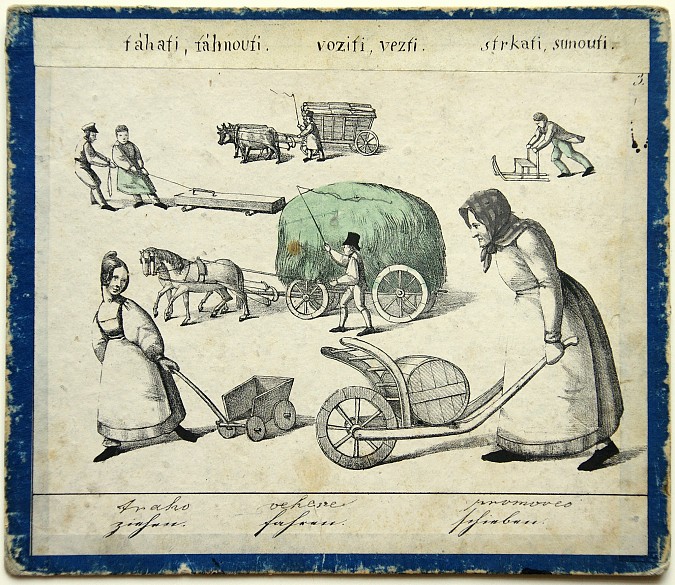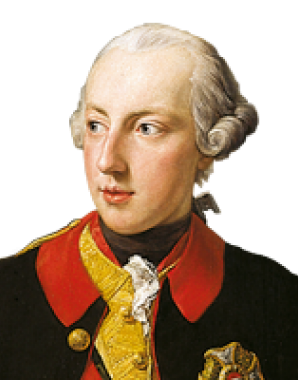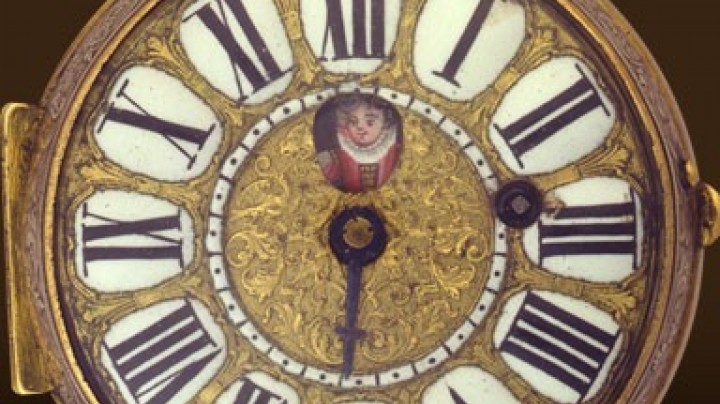Bohemian industrial classes as a model
Bohemia grew into a model nation in terms of school development. In 1781 some 42% of children were attending school.
The basic school system in Bohemia was among the best in the Monarchy. The future Bishop Ferdinand Kindermann von Schulstein was responsible for its organization. In the area of elementary education he was in favour of practical training. Because of the high degree of proto-industrialization in Bohemia, ‘industrial’ education also played a major role. Thus technical skills were also developed in the ‘industrial classes’ and schools established by Kindermann in addition to arithmetic, reading, writing and religious instruction. Pupils were taught fruit and vegetable cultivation together with household and manual work, such as spinning and sewing. This training in ‘industriosity’, as contemporaries called it, was intended to achieve an increase in the welfare of the population. In 1787 there were already more than 100 such industrial schools. Its effective school organization meant that nineteenth-century Bohemia already had one of the lowest rates of illiteracy in the Monarchy.
Education in cooking and manual or craft subjects is still part of the school curriculum in primary schools and some types of secondary school in Austria.














